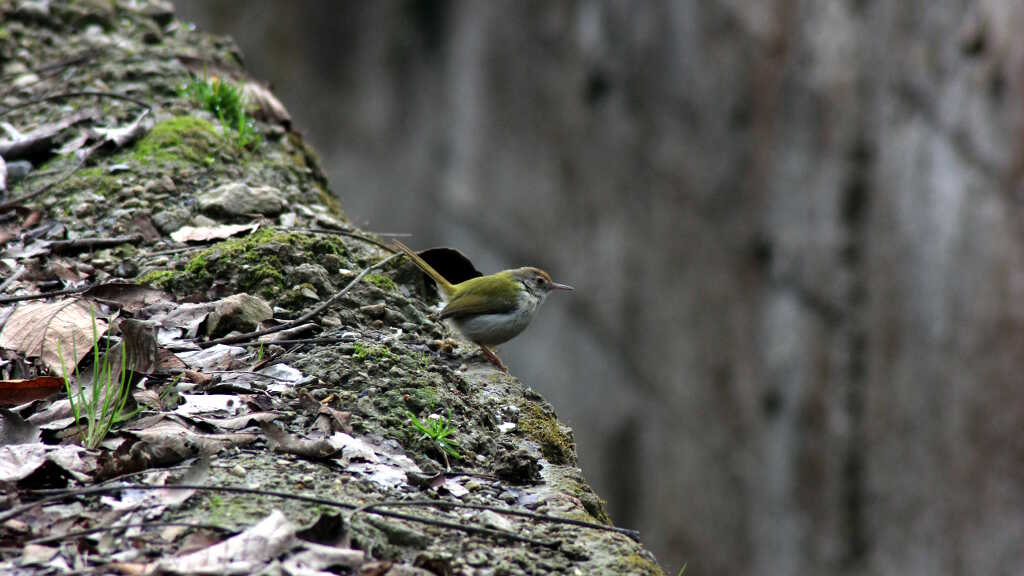
Orthotomus sutorius (Common tailorbird)
The Common Tailorbird (Orthotomus sutorius) is a small, energetic bird known for its unique nesting behavior, where it “stitches” leaves together to form a cradle for its eggs. While commonly seen in urban gardens and parks, this fascinating bird also inhabits the lower elevation forests and shrublands of the Great Himalayan National Park (GHNP), contributing to the rich avifauna of the region.
Physical Description and Behavior
The Common Tailorbird is a tiny warbler-like bird with olive-green upperparts, a whitish underside, and a distinctive reddish crown. It has a sharp call and is known for its constant hopping and tail-flicking behavior. Despite its small size, the bird is surprisingly vocal and active, often heard before it is seen.
Tailorbirds are solitary or seen in pairs and are most active during early morning hours. Their insectivorous diet includes small insects, spiders, and larvae, which they forage for in low vegetation and undergrowth.
Unique Nesting Habit
One of the most remarkable traits of the Common Tailorbird is its nest. Using its beak like a needle, the bird cleverly pierces the edges of large leaves and sews them together using plant fiber, spider silk, or thread-like material. This creates a concealed pocket in which the bird lays its eggs, offering camouflage and protection.
| Common name | Common Tailerbird |
| Scientific name | Orthotomus sutorius |
| Family | Cisticolidae |
| Description | The common tailorbird is noisy little bird with a long tail which it flicks up and down in the characteristic style of prinias. It is green above with a red-brown crown. It feeds on insects and found in an altitudinal range of 1800m. It prefers moist forest, sides of rivers and mixed shrubby vegetation for their living. |
Habitat in GHNP
In GHNP, the Common Tailorbird is typically found in lower altitude zones (up to 2,000 meters), especially around village edges, open forest patches, and near agricultural lands where shrub cover is dense. It plays an important role in controlling insect populations and contributes to the balance of the ecosystem.
Conservation and Significance
Although listed as a species of Least Concern globally, the Common Tailorbird benefits from the biodiversity protection framework of GHNP. Its presence in both wild and semi-urban areas highlights its adaptability but also the importance of maintaining diverse plant cover and undergrowth within the park.
Conclusion
The Common Tailorbird (Orthotomus sutorius) is a shining example of avian ingenuity. Its leaf-stitched nest is a marvel of natural engineering, and its role in pest control adds ecological value to the Great Himalayan National Park. Observing this small but clever bird in its natural habitat is a reminder of how even the tiniest creatures contribute significantly to ecosystem health.



